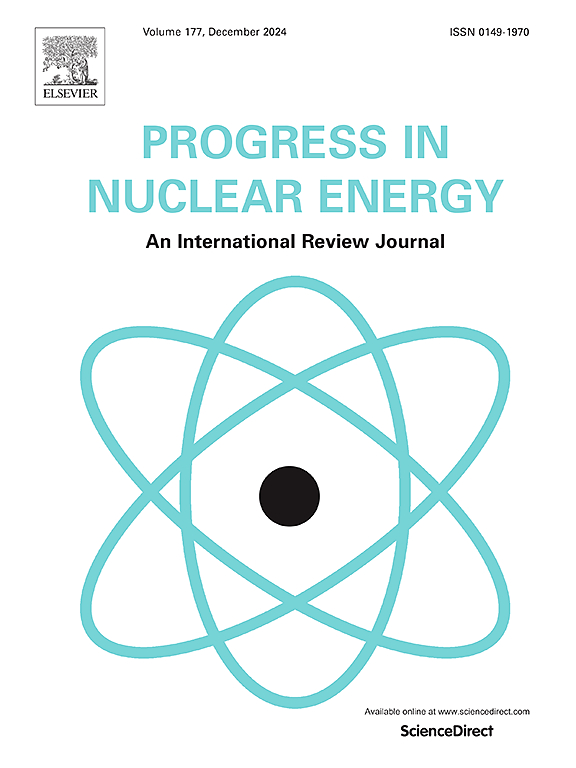核电站数据驱动故障诊断方法综述
IF 3.2
3区 工程技术
Q1 NUCLEAR SCIENCE & TECHNOLOGY
引用次数: 0
摘要
故障诊断在核电站运行维护中起着至关重要的作用,是保障核电站安全可靠运行的基石。这篇综述系统地研究了在核电工业中实施的最先进的故障诊断方法,将它们分为五种不同的方法:专家系统、图论、机器学习、深度学习和强化学习。通过对其理论基础和实施机制的比较分析,本研究特别评估了它们在解决两个关键挑战方面的有效性:冷却剂循环系统和与年龄相关的设备退化和预测性维护。综合最近的进展揭示了一种新兴的范式转变:数据密集型人工智能算法与物理机制的协同集成显示出开发高保真诊断模型的巨大潜力。为了推动这一领域向前发展,后续研究必须优先考虑:在核安全约束下进行验证,开发可解释的人工智能框架,以及平衡诊断准确性和运行安全性的解决方案。本文章由计算机程序翻译,如有差异,请以英文原文为准。
A review of data-driven fault diagnosis method for nuclear power plant
Fault diagnosis plays a pivotal role in the operation and maintenance of nuclear power plants, serving as a cornerstone for ensuring facility safety and operational reliability. This review systematically examines state-of-the-art fault diagnosis methodologies implemented in the nuclear power industry, categorizing them into five distinct approaches: expert system, graph theory, machine learning, deep learning and reinforcement learning. Through comparative analysis of their theoretical foundations and implementation mechanisms, this study specifically evaluates their efficacy in addressing two critical challenges: the coolant circulation system and age-related equipment degradation and predictive maintenance. The synthesis of recent advancements reveals an emerging paradigm shift: the synergistic integration of data-intensive AI algorithms with physical mechanism demonstrates remarkable potential for developing high-fidelity diagnostic models. To propel this field forward, subsequent research must prioritize: validation under nuclear safety constraints, development of explainable AI frameworks and solutions balancing diagnostic accuracy with operational security.
求助全文
通过发布文献求助,成功后即可免费获取论文全文。
去求助
来源期刊

Progress in Nuclear Energy
工程技术-核科学技术
CiteScore
5.30
自引率
14.80%
发文量
331
审稿时长
3.5 months
期刊介绍:
Progress in Nuclear Energy is an international review journal covering all aspects of nuclear science and engineering. In keeping with the maturity of nuclear power, articles on safety, siting and environmental problems are encouraged, as are those associated with economics and fuel management. However, basic physics and engineering will remain an important aspect of the editorial policy. Articles published are either of a review nature or present new material in more depth. They are aimed at researchers and technically-oriented managers working in the nuclear energy field.
Please note the following:
1) PNE seeks high quality research papers which are medium to long in length. Short research papers should be submitted to the journal Annals in Nuclear Energy.
2) PNE reserves the right to reject papers which are based solely on routine application of computer codes used to produce reactor designs or explain existing reactor phenomena. Such papers, although worthy, are best left as laboratory reports whereas Progress in Nuclear Energy seeks papers of originality, which are archival in nature, in the fields of mathematical and experimental nuclear technology, including fission, fusion (blanket physics, radiation damage), safety, materials aspects, economics, etc.
3) Review papers, which may occasionally be invited, are particularly sought by the journal in these fields.
 求助内容:
求助内容: 应助结果提醒方式:
应助结果提醒方式:


